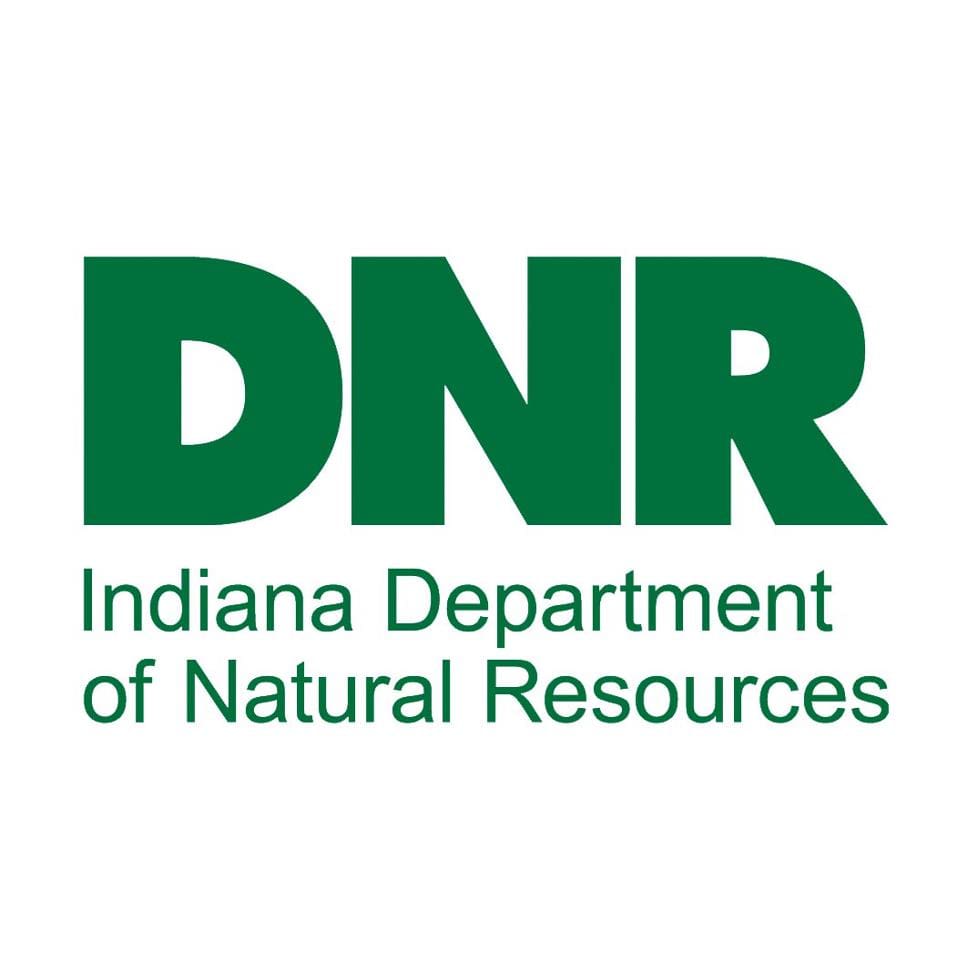Recently approved federal funding of up to $385 million over the next 15 years will allow Indiana to reclaim more former coal mines to their pre-mining status.
Hoosiers who own such property are encouraged to report it to the Indiana Department of Natural Resources (DNR) — even if you don’t want the work done right away.
Reclamation is the process by which adverse safety, health, and environmental effects of formerly unregulated surface mining are minimized and mined lands are returned to a beneficial end use. In Indiana, more than 2,000 reclamation projects have been completed since 1982 on both public and private lands.
Because reclamation funding is distributed based on need, the DNR Division of Reclamation’s Abandoned Mine Land program (AML) is cataloging future projects. Indiana’s eligibility for these federal grants depends upon the state’s inventory of abandoned mine land. To qualify for funding, the mining land must have been abandoned prior to 1977.
Owners of such land should call 1-800-772-MINE (6463) or the Reclamation office number, 812-665-2207, or email their information directly to the AML program at abandonedminesrestoration@dnr.IN.gov.
Once reported, an AML project manager and the landowner will review the site to determine if the impact on the property was caused by mining. They will talk with the landowner to determine what needs to be done and discuss accommodating other requests in the reclamation design. The project manager will work closely with the landowner during the design process to ensure the property’s needs are met. If the landowner approves the design, the project is put up for bid through the state public works process.
The contractor who wins the bid then completes the work under the supervision of the AML program. When the project is complete, AML conducts a meeting to assess the work and make sure all requirements and agreements have been met. Most reclamation projects can be completed within a year.
“We can’t bring every eligible property to construction right away, but we need Hoosiers to report their problem areas to us as soon as possible,” said Kit Turpin, who leads the AML program for DNR. “We must have a complete inventory to ensure funding is available in the future.”

